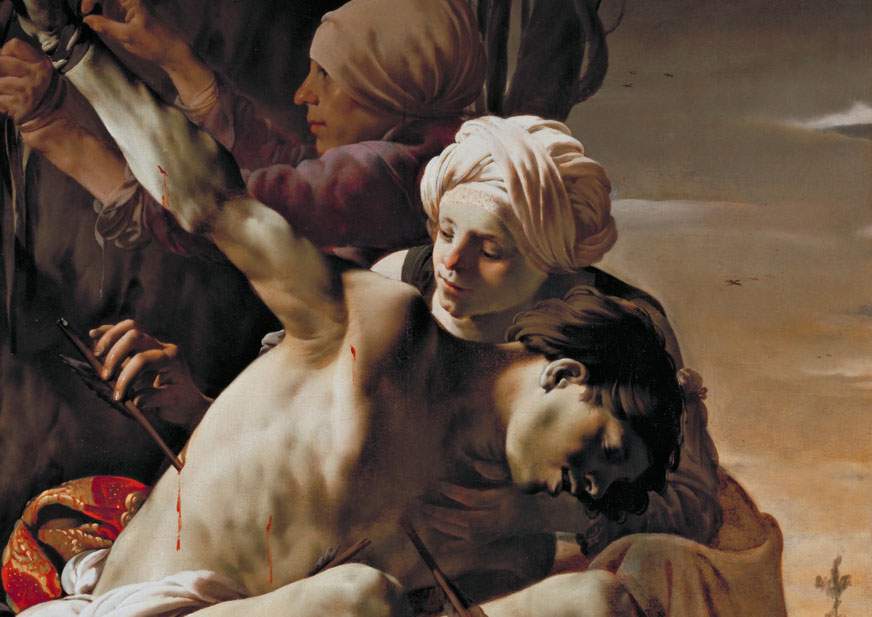Caravaggio and Caravaggesques in the Netherlands: all of early 17th century Rome is on display in Utrecht
From December 16, 2018, to March 24, 2019, a major exhibition is scheduled at the Centraal Museum in Utrecht, the Netherlands, bringing early 17th-century Rome to Dutch soil: Utrecht, Caravaggio and Europe is the title of the exhibition that aims to delve into the period 1600-1630, when 2,700 artists, 572 of them foreigners, were registered in the capital of the Papal States. They all visited the same churches and saw the same collections, conversed with each other, and of course painted, expressing themselves on the same themes, the same iconographic sources, but producing very different works. The exhibition aims to examine, specifically, the diversity among Caravaggio’s European followers, presenting their works on a thematic basis.
The exhibition will revolve around a Caravaggio masterpiece on loan from the Vatican Museums, the Deposition painted between 1602 and 1604 for the church of Santa Maria in Vallicella in Rome (and which will be on view in Utrecht for one month only). Caravaggio’s St. Jerome from the Montserrat Museum (which we had seen in Italy at the major Caravaggio exhibition at the Royal Palace) will also be there: another work by the Lombard master never before exhibited in the Netherlands. Alongside these two works, the exhibition will bring masterpieces by Caravaggesque painters from all over Europe to Utrecht: from Italy Bartolomeo Manfredi, Cecco del Caravaggio, Giovanni Antonio Galli (the Spadarino), Orazio Borgianni and Orazio Gentileschi, as well as the Italian-Spanish José de Ribera; from Switzerland Giovanni Serodine; from France Nicolas Régnier, Nicolas Tournier, Simon Vouet and Valentin de Boulogne; from Flanders Gerard Seghers and Theodoor Rombouts. The works come on loan from important European and American public and private collections: there are loans from the Uffizi, the Louvre, the National Gallery in London and the National Gallery in Washington, as well as from Roman churches.
A section will then be reserved for the Dutch Caravaggio painters, such as Gerrit van Honthorst, Dirck van Baburen, Hendrick ter Brugghen and others. These artists, just like Caravaggio, painted the crudest aspects of reality, with ter Brugghen being considered, the exhibition presentation points out, “the painter who painted the ugliest but also the most realistic child of the 17th century.”
The Centraal Museum in Utrecht suggests purchasing tickets by booking them in advance on its website: all the information can be found at this link (in English).
Image: Hendrik ter Brugghen, Saint Sebastian Cured by Saint Irene, detail (1625; oil on canvas, 149 x 119.4 cm; Oberlin, Allen Memorial Art Museum)
 |
| Caravaggio and Caravaggesques in the Netherlands: all of early 17th century Rome is on display in Utrecht |
Warning: the translation into English of the original Italian article was created using automatic tools. We undertake to review all articles, but we do not guarantee the total absence of inaccuracies in the translation due to the program. You can find the original by clicking on the ITA button. If you find any mistake,please contact us.



























